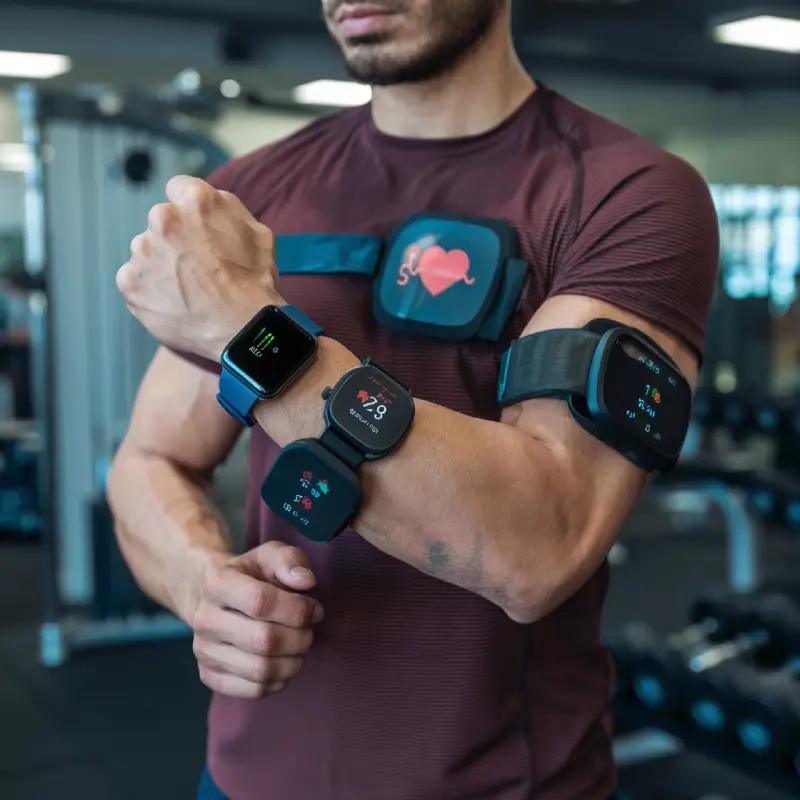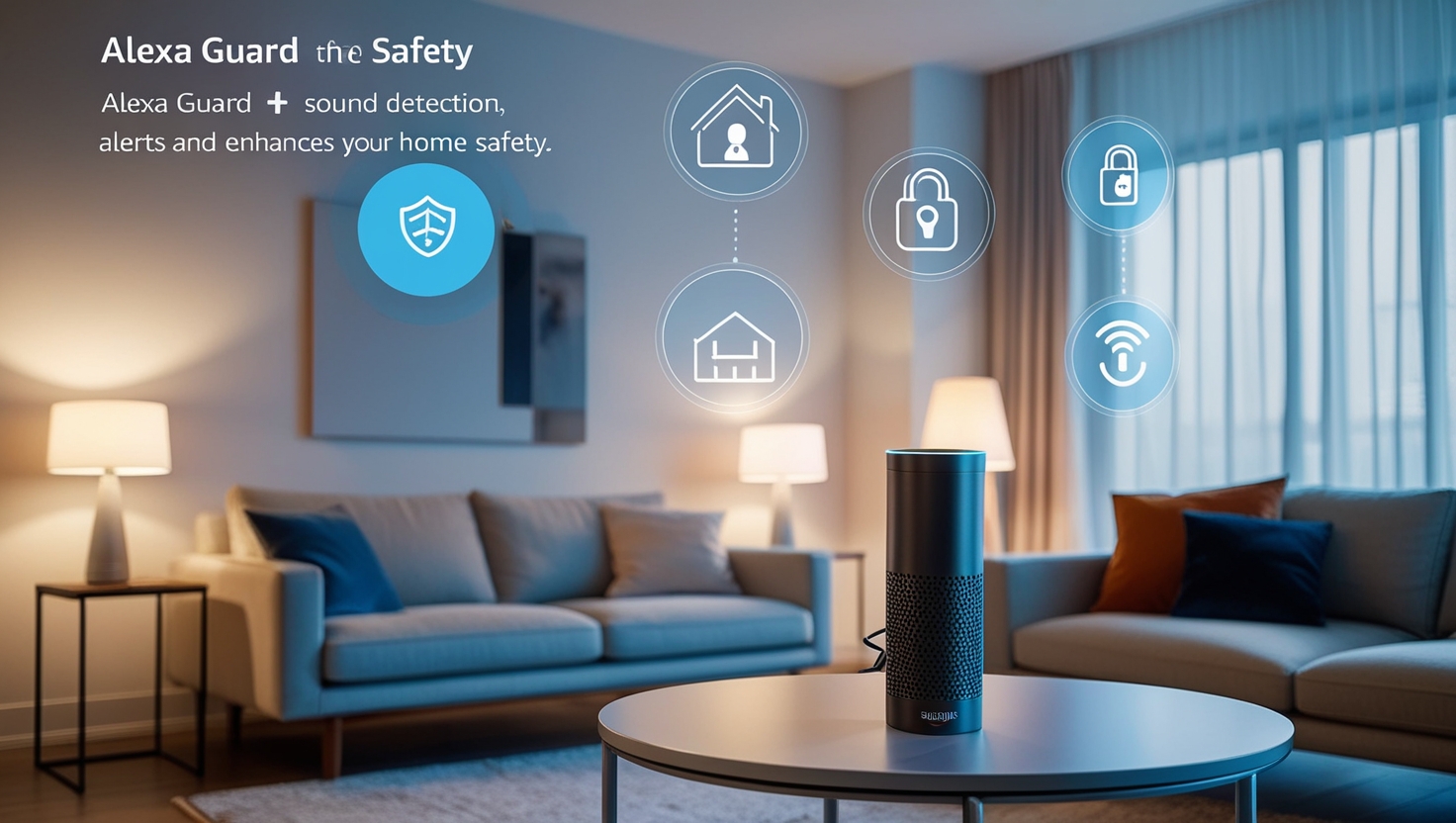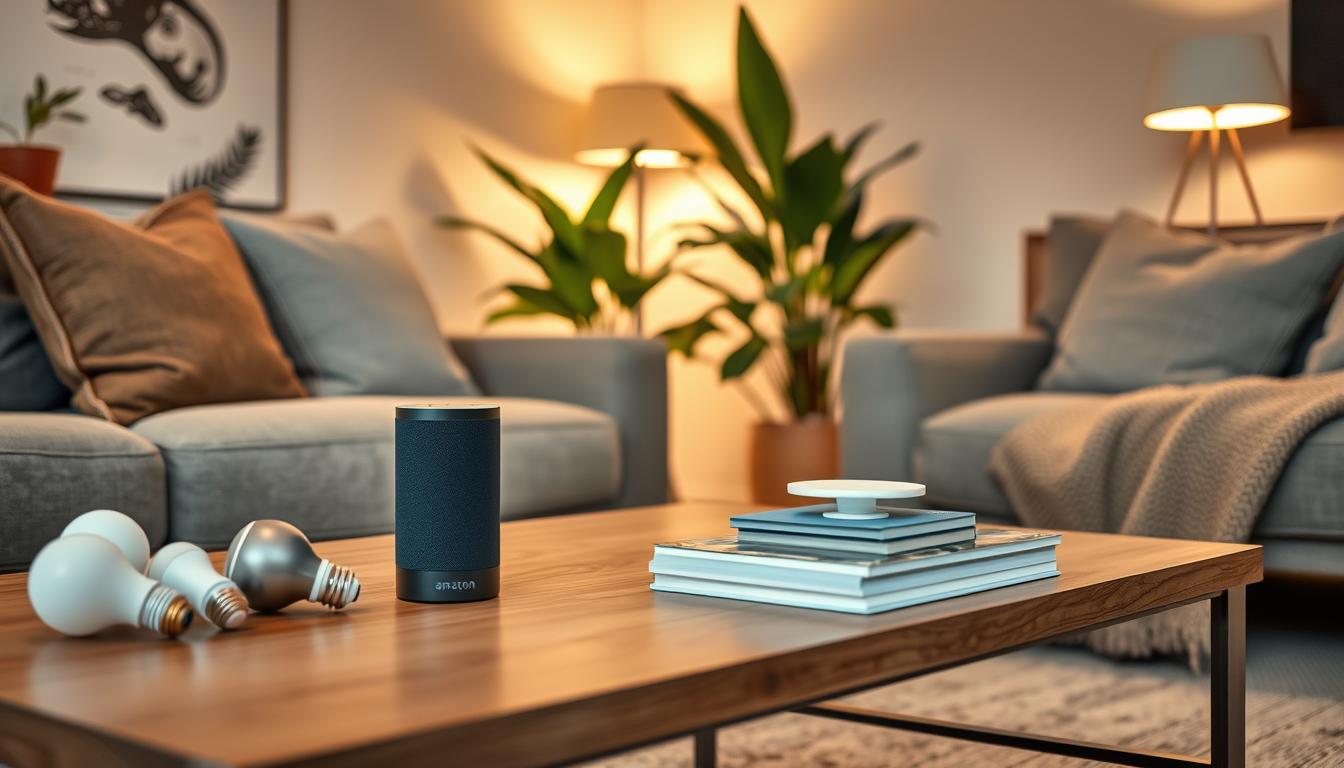Introduction
In today’s fast-paced world, staying on top of our health has become more important than ever. Enter wearable health monitors – the tiny technological marvels that have revolutionized how we track and manage our well-being. These devices, often no larger than a wristwatch, can track health metrics like heart rate and sleep in real time, providing us with valuable insights into our bodies’ functioning. But what exactly are these gadgets, and how can they benefit us? Let’s dive into the world of wearable health monitors and discover how they’re changing the game in personal health management.
What Are Wearable Health Monitors?
Wearable health monitors are electronic devices designed to be worn on the body, typically as accessories like watches, bands, or even as patches adhered to the skin. These devices use various sensors to collect data about your body’s functions and activities throughout the day and night. The primary purpose of these gadgets is to track health metrics like heart rate and sleep in real time, providing users with immediate access to their health data.
Key Features of Wearable Health Monitors
- Heart rate monitoring
- Sleep tracking
- Step counting
- Calorie burn estimation
- Blood oxygen level measurement
- Stress level assessment
These features allow users to gain a comprehensive view of their health status, enabling them to make informed decisions about their lifestyle and health management.
The Evolution of Wearable Health Technology
The concept of wearable health technology isn’t entirely new. In fact, the first wearable health monitor dates back to the 1960s when Holter monitors were introduced to track heart activity. However, these early devices were bulky, uncomfortable, and limited in their functionality.
Fast forward to the 21st century, and we’ve seen a dramatic transformation in wearable health technology. The advent of miniaturized sensors, improved battery life, and advanced data processing capabilities has led to the development of sleek, user-friendly devices that can track health metrics like heart rate and sleep in real time.
From Fitness Trackers to Health Monitors
The journey of wearable health monitors began with simple fitness trackers that primarily counted steps and estimated calorie burn. However, as technology advanced, these devices evolved to incorporate more sophisticated health monitoring features. Today’s wearable health monitors can track a wide range of health metrics, providing users with a wealth of information about their physical well-being.
How Wearable Health Monitors Work
At the heart of every wearable health monitor are sensors that detect various physiological signals from your body. These sensors use different technologies to measure different health metrics:
- Optical sensors: These use light to measure heart rate and blood oxygen levels.
- Accelerometers: These detect movement and are used for step counting and sleep tracking.
- Galvanic skin response sensors: These measure skin conductance to assess stress levels.
- Bioimpedance sensors: These measure the body’s resistance to electrical current and can be used to estimate body composition.
The data collected by these sensors is then processed by the device’s onboard computer and transmitted to a smartphone app or cloud-based platform for analysis and display.
The Power of Real-Time Health Tracking
One of the most significant advantages of wearable health monitors is their ability to track health metrics like heart rate and sleep in real time. This continuous monitoring allows users to:
- Detect sudden changes in heart rate that might indicate stress or health issues
- Monitor sleep patterns and quality throughout the night
- Track activity levels throughout the day
- Receive immediate feedback on the impact of exercise or relaxation techniques
This real-time data empowers users to make immediate adjustments to their behavior or seek medical attention if necessary.
Benefits of Using Wearable Health Monitors
Wearable health monitors offer a range of benefits that can contribute to improved health and well-being:
1. Increased Health Awareness
By providing continuous access to health data, wearable monitors help users become more aware of their body’s functioning. This increased awareness can motivate people to make healthier lifestyle choices.
2. Early Detection of Health Issues
The ability to track health metrics like heart rate and sleep in real time can help detect potential health problems early. For example, irregular heart rhythms or changes in sleep patterns could signal underlying health issues that warrant medical attention.
3. Improved Fitness Tracking
For fitness enthusiasts, wearable health monitors provide detailed insights into workout intensity, recovery times, and overall fitness progress. This data can help users optimize their training routines and achieve their fitness goals more effectively.
4. Better Sleep Management
Sleep tracking features can help users understand their sleep patterns and quality. This information can be used to improve sleep hygiene and address sleep-related issues.
5. Stress Management
Many wearable health monitors include features to track stress levels. By identifying periods of high stress, users can take steps to manage their stress more effectively, such as practicing relaxation techniques or adjusting their schedules.
Popular Types of Wearable Health Monitors
There are several types of wearable health monitors available in the market today:
Smartwatches
Smartwatches are perhaps the most versatile type of wearable health monitor. They combine health tracking features with other smart functionalities like message notifications and mobile payments. Many smartwatches can track health metrics like heart rate and sleep in real time, along with a host of other health and fitness data.

Fitness Bands
Fitness bands are typically more focused on health and fitness tracking than smartwatches. They’re usually more affordable and have longer battery life, making them a popular choice for those primarily interested in health monitoring.

Smart Rings
Smart rings are a newer entry in the wearable health monitor market. Despite their small size, these rings can track various health metrics, including heart rate and sleep quality.

Smart Clothing
Some companies are integrating health monitoring sensors directly into clothing items like shirts and socks. These can provide more comprehensive body monitoring, including posture tracking and muscle activity measurement.

Challenges and Considerations
While wearable health monitors offer numerous benefits, there are also some challenges and considerations to keep in mind:
1. Accuracy
While wearable health monitors have come a long way in terms of accuracy, they may not always be as precise as medical-grade equipment. It’s important to use the data from these devices as a general guide rather than a definitive medical diagnosis.
2. Privacy Concerns
As these devices collect sensitive health data, privacy is a major concern. Users should carefully review the privacy policies of their device manufacturers and associated apps to understand how their data is being used and protected.
3. Dependence and Anxiety
Some users may become overly reliant on their wearable health monitors, leading to anxiety if they forget to wear the device or if the battery dies. It’s important to maintain a balanced perspective and not let the device dominate your life.
4. Battery Life
Frequent charging can be a hassle for some users, especially for devices that track health metrics like heart rate and sleep in real time, which requires continuous operation.
The Future of Wearable Health Monitors
The field of wearable health technology is rapidly evolving. Here are some exciting developments we might see in the future:
- Non-invasive glucose monitoring for diabetics
- Continuous blood pressure monitoring
- Advanced disease detection algorithms
- Integration with telehealth services
- Improved battery life and charging solutions
As technology continues to advance, we can expect wearable health monitors to become even more sophisticated, providing us with even deeper insights into our health and well-being.
Conclusion
Wearable health monitors have ushered in a new era of personal health management. By allowing us to track health metrics like heart rate and sleep in real time, these devices empower us to take a more active role in our health and well-being. While they’re not a substitute for professional medical care, they can serve as valuable tools for increasing health awareness, detecting potential issues early, and motivating us to lead healthier lifestyles.
As with any technology, it’s important to use wearable health monitors mindfully, considering both their benefits and limitations. Whether you’re a fitness enthusiast looking to optimize your workouts, someone managing a chronic condition, or simply interested in gaining more insights into your health, a wearable health monitor could be a valuable addition to your health toolkit.
Remember, the goal of these devices is to enhance our understanding of our bodies and guide us towards healthier choices. By embracing this technology responsibly, we can take significant strides towards better health and well-being in our increasingly digital world.






